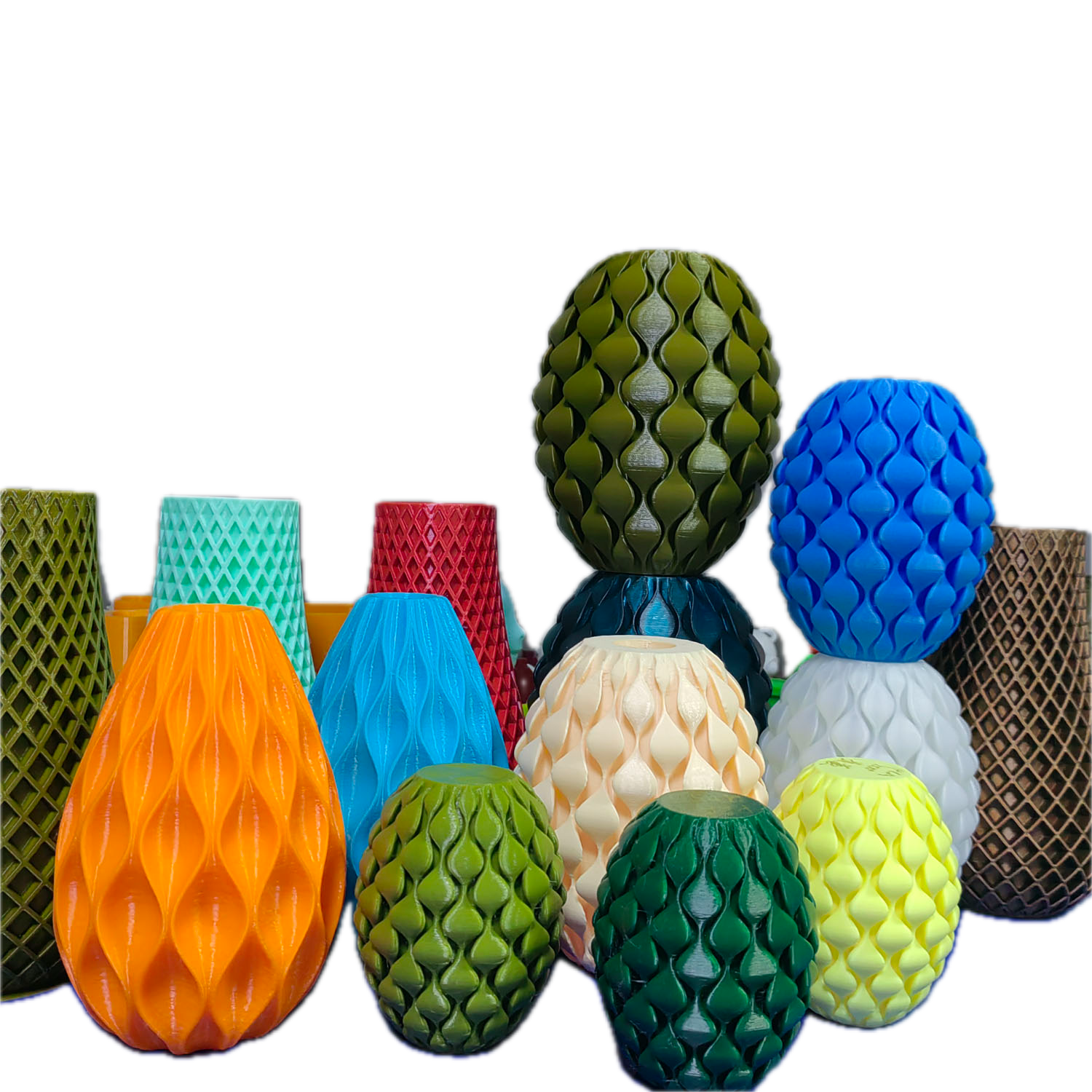
Why Is My PETG Filament Stringing? Top 7 Causes and Fixes
Share
If you’ve ever pulled a freshly printed part off your 3D printer and noticed fine plastic hairs stretching between surfaces, you’ve seen stringing (sometimes called “oozing”). While it’s a common issue with PETG, the good news is that it’s also one of the easiest to fix.
In this guide, we’ll cover the top seven causes of PETG stringing and give you practical fixes so you can get smooth, professional-looking prints every time.
1. Printing Temperature Too High
Cause: PETG becomes extra runny at higher temperatures, which makes it ooze out of the nozzle during travel moves.
Fix: Lower your nozzle temperature in small steps (5–10 °C at a time) until you find the sweet spot. Most PETG prints well between 220–245 °C, but it depends on your filament brand.
2. Retraction Settings Not Dialled In
Cause: If your slicer’s retraction distance or speed is too low, molten PETG will keep flowing even when the extruder moves.
Fix: Increase retraction distance (usually 0.8–2 mm for direct drive and 4–6 mm for Bowden setups) and test faster retraction speeds (30–60 mm/s). Adjust gradually to avoid under-extrusion.
3. Travel Speed Too Slow
Cause: The longer your nozzle spends moving across gaps, the more time PETG has to ooze.
Fix: Boost your travel speed in the slicer—150–200 mm/s is common. Faster travel means less chance for stringing.
4. Moisture in the Filament
Cause: PETG is hygroscopic, meaning it absorbs water from the air. Moisture boils in the nozzle, creating extra stringing and blobs.
Fix: Store PETG in an airtight container with desiccant. If it’s already damp, dry it in a filament dryer or a low-temperature oven (~65 °C for 4–6 hours).
5. Nozzle Not Clean

Cause: A dirty nozzle with burnt residue makes extrusion inconsistent, increasing the chances of stringing.
Fix: Regularly clean your nozzle by performing a “cold pull” or replacing it if badly clogged.
6. Excessive Z-Hop
Cause: Some slicers use “Z-hop” to lift the nozzle during travel moves, but this can cause oozing.
Fix: Try disabling Z-hop or lowering the lift height. Test whether your printer still avoids collisions without it.
7. Inadequate Cooling
Cause: PETG benefits from moderate cooling. Without enough airflow, strings don’t solidify quickly and can drag across prints.
Fix: Make sure your part cooling fan is set to 30–50%. Too much cooling can affect layer adhesion, so balance is key.
Quick Checklist to Eliminate Stringing
- Tune nozzle temperature (start lower if stringing persists).
- Adjust retraction distance and speed.
- Increase travel speed.
- Keep filament dry in airtight storage.
- Clean or replace your nozzle.
- Reduce or disable Z-hop.
- Fine-tune part cooling fan settings.
Final Thoughts
PETG is a fantastic material—strong, durable, and more flexible than PLA. With the right settings, you can achieve smooth, glossy prints without the hassle of stringing.
At Zextrude, we design our PETG to minimise print issues, offering reliable flow, consistent diameter, and vibrant colours. Pair that with a little slicer tuning, and your prints will look flawless.
Ready to upgrade your printing experience? Check out our Zextrude PETG Filament today.

